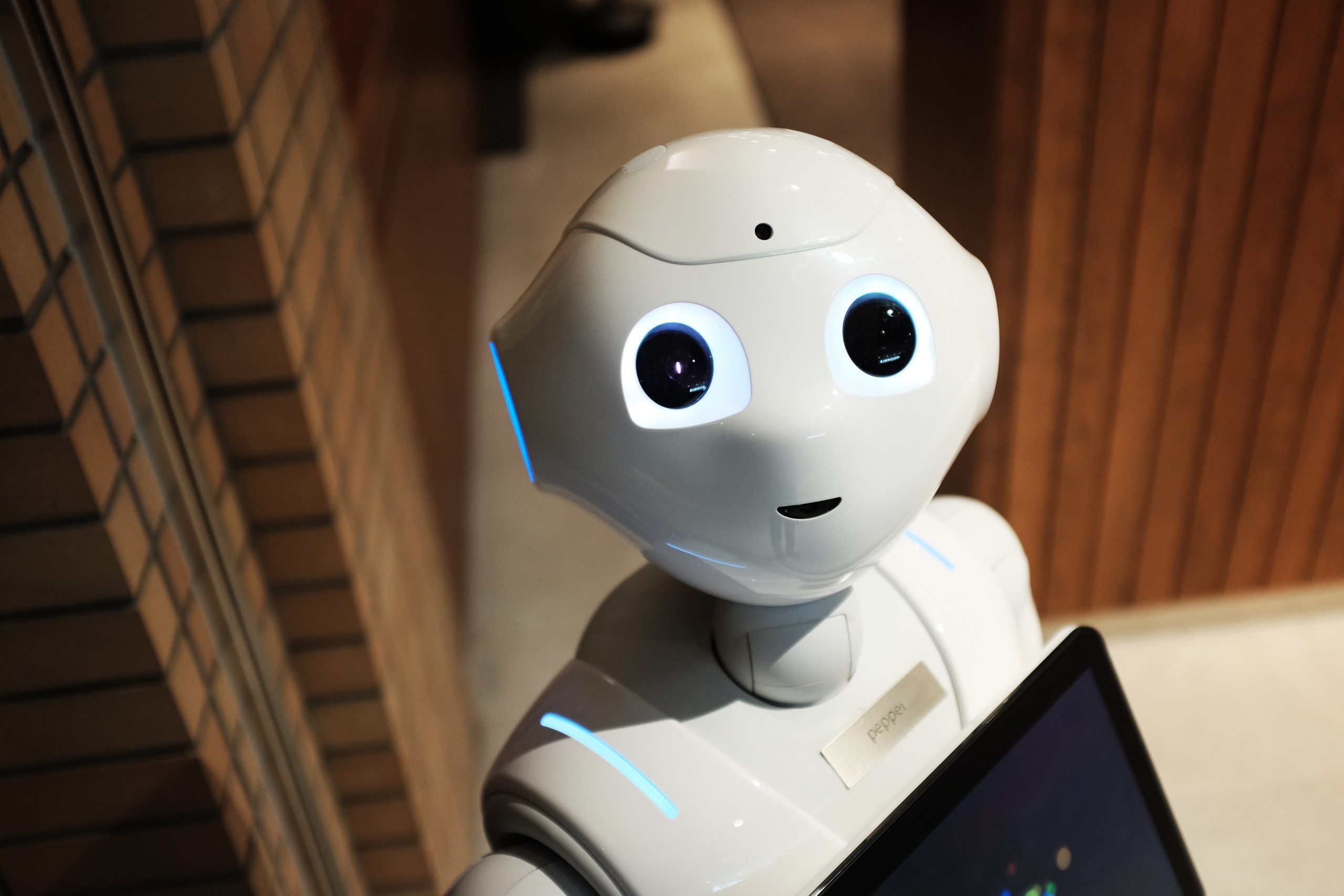According to a study recently published in the academic journal, Science Robotics, almost 1,000 existing job roles from financial analysts to sales assistants are at risk of being assimilated by robotics and AI, with the food industry, building and maintenance, construction and mining the most exposed.
By combining scientific and technical literature on robotic capabilities with statistics on employment and wages, the authors of the report from HEC Lausanne, University of Lausanne and EPFL have created an easy-to-use tool which can calculate the jobs that are most likely to be replaced by technology by comparing the human and robotic capabilities.
A key objective of the research was to assess the likely speed and extent of technology being used to replace humans at work, including recommendations on actions to mitigate against job losses.
This method could be useful for governments in calculating the number of workers at risk of automation so they can adapt their training policies; for companies when assessing the costs of increasing automation and for robot manufacturers in better adapting their products.
After establishing the jobs most likely to be automated, the researchers also created a method for identifying potential alternatives that are close to the original role in terms of skills and competencies.
“Today, the major challenge for society is to prepare for automation,” says Professor Rafael Lalive of HEC Lausanne who co-led the study. “Our work will help to future proof career planning so that workers become more resilient in the face of automation risks to their jobs.”
Adds, co-author, Isabelle Chappuis who is also from HEC Lausanne, “since many of us will be forced to change jobs in the future we need to imagine a world of continuing education. This brings with it previously unimaginable opportunities to change direction and do something quite different.”









